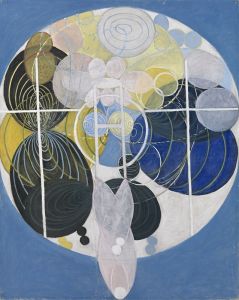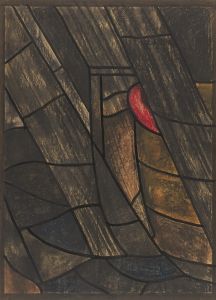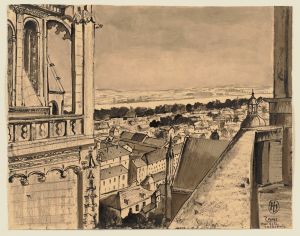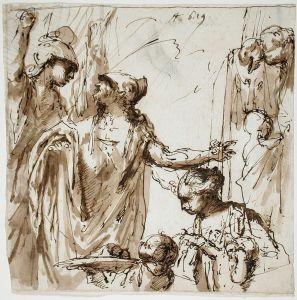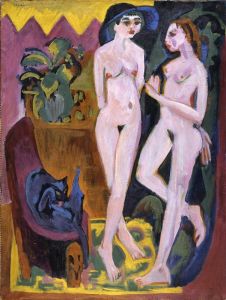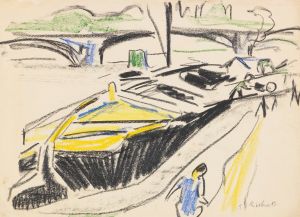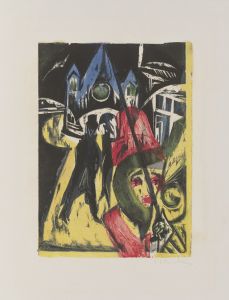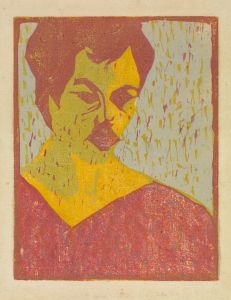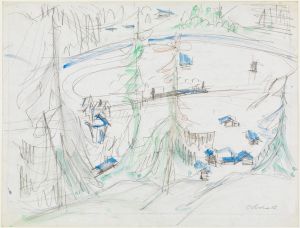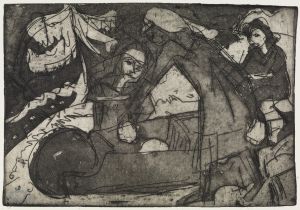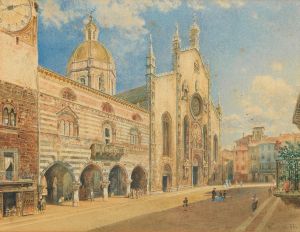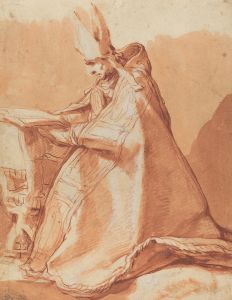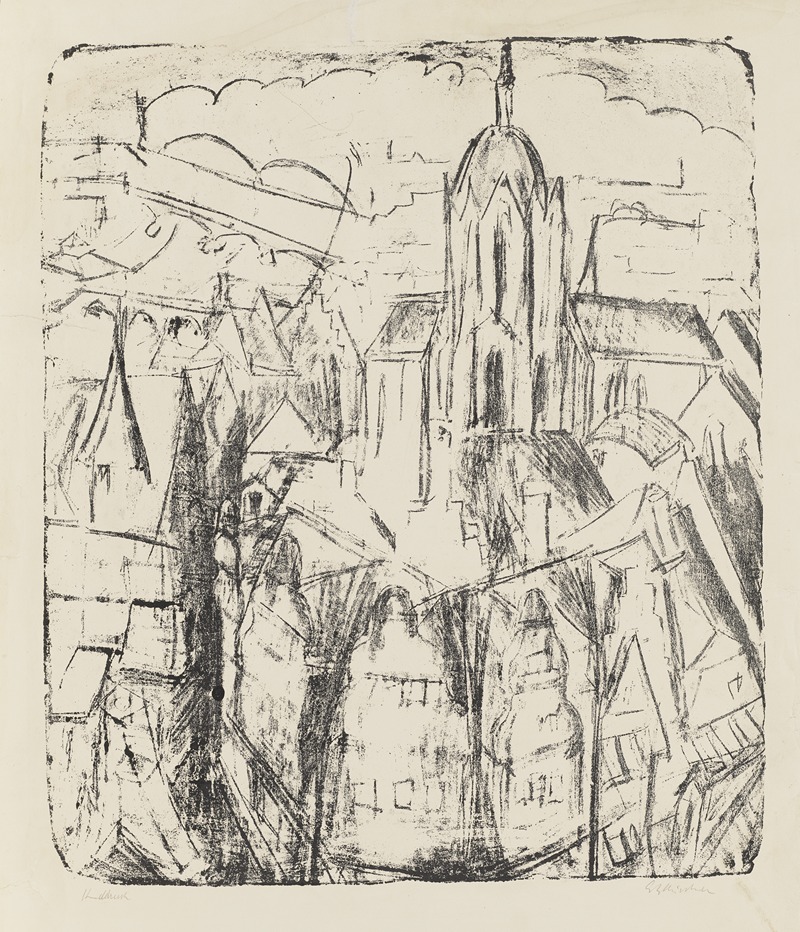
Frankfurter Dom
A hand-painted replica of Ernst Ludwig Kirchner’s masterpiece Frankfurter Dom, meticulously crafted by professional artists to capture the true essence of the original. Each piece is created with museum-quality canvas and rare mineral pigments, carefully painted by experienced artists with delicate brushstrokes and rich, layered colors to perfectly recreate the texture of the original artwork. Unlike machine-printed reproductions, this hand-painted version brings the painting to life, infused with the artist’s emotions and skill in every stroke. Whether for personal collection or home decoration, it instantly elevates the artistic atmosphere of any space.
Ernst Ludwig Kirchner, a prominent German expressionist painter, created the artwork titled "Frankfurter Dom" during a period marked by significant artistic exploration and innovation. Kirchner, born in 1880, was a founding member of the influential artist group Die Brücke (The Bridge), which played a crucial role in the development of Expressionism in the early 20th century. This movement sought to convey emotional experience rather than physical reality, often through vivid colors, dynamic compositions, and distorted forms.
"Frankfurter Dom" is a representation of the Frankfurt Cathedral, also known as St. Bartholomew's Cathedral, a Gothic-style church located in Frankfurt, Germany. The cathedral is one of the city's most significant landmarks, with a history dating back to the 14th century. It has been a central figure in the religious and cultural life of Frankfurt, serving as the site for the election and coronation of Holy Roman Emperors.
Kirchner's depiction of the cathedral is consistent with his expressionist style, characterized by bold colors and dynamic forms. His work often reflects a deep engagement with urban life and architecture, capturing the essence of the cityscape through a subjective lens. In "Frankfurter Dom," Kirchner likely employs his signature techniques to transform the architectural structure into a vibrant and emotionally charged image, emphasizing the interplay between the built environment and human experience.
Throughout his career, Kirchner was deeply influenced by the rapid modernization and urbanization of Germany, particularly in cities like Berlin and Frankfurt. His works frequently explore themes of alienation and the frenetic pace of modern life, often juxtaposing the grandeur of historical architecture with the chaotic energy of contemporary urban settings. This thematic exploration is evident in "Frankfurter Dom," where the cathedral may be portrayed not just as a static monument but as an active participant in the city's dynamic life.
Kirchner's artistic journey was profoundly affected by the socio-political upheavals of his time, including World War I and the subsequent economic and social changes in Germany. These experiences intensified his exploration of psychological and emotional depth in his art. Despite facing personal challenges, including struggles with mental health, Kirchner remained a prolific artist until his death in 1938.
"Frankfurter Dom" stands as a testament to Kirchner's ability to capture the spirit of a place through his unique expressionist lens. His work continues to be celebrated for its innovative approach to color, form, and composition, influencing generations of artists and contributing significantly to the canon of modern art. While specific details about the creation and exhibition history of "Frankfurter Dom" may not be extensively documented, the painting remains an important part of Kirchner's oeuvre, reflecting his enduring fascination with the intersection of architecture, emotion, and modernity.





